It’s no secret that the Chicago canine flu has widely influenced many dog owners/lovers/supporters in the area. From the health risks to the dogs and their families to the daycare/boarding facilities affected, everyone is feeling the sting. But one area we feel is getting the least amount of attention is the impact on the rescue groups like ours and the city shelter. For the dogs who don’t have someone to care for them individually, rescues like NLOL are desperate to help them. But ever since the flu was confirmed at Chicago’s largest animal shelter, each dog that we meet has a high risk of having been exposed to this vicious bug. That creates a double-ly hard issue.
For the City Shelter
To attempt a stop of spreading the flu, the city shelter has the following protocols in place:
-Volunteers are not allowed to walk or socialize the dogs, meaning they stay mostly contained in a 3x4 cage 24 hours a day.
-This containment can create the following issues:
-Hyperactivity
-Shut down
-Stress
-Personality changes
Additionally, these invaluable volunteers at the city shelter would spend time communicating each pups personality to the rescue community, allowing us to get a jump start on which dogs would be a good fit for our rescue. With the flu rampant, shelter volunteers are at a stand still and rescues must go in to gauge a dog solo-giving us on a very small snapshot of who they really are. Despite the best efforts of everyone involved, the saddest part? They are still leaving the shelter with the flu, needing a foster home that does not have other dogs in it for quarantine, or have so much pent up energy it takes a lot for them to adjust being outside of the cages.
For Rescue
To understand the challenges we face, this is the following timeline for bringing in a new pup to NLOL:
Ideal: our normal intake procedures go something like this: we pull a dog from the city shelter, then they go immediately to the vet and hang out for 3 days while they get vaccinated, spayed/neutered, microchipped, etc While there, we finalize a foster, assign an Adoption Counselor and gather all items needed for our new family member to be successful in their transition from where they come from In the background, we work on scheduling a time when the AC and the foster can meet the pup, usually dependent on lots of communication around work schedules, families, other dog meet and greets, etc.
The new normal: Our vet (like MANY city vets) is no longer allowing dogs to stay or be boarded for a VERY understandable fear of spreading the flu amongst patients. Our volunteers now have to pull a dog, wait in the waiting room for the dog to be checked out, and take them immediately to foster and once the dog is healthy, the dog can go back to the vet and be spayed/neutered.Not only is this a lot of behind the scenes teamwork and stress on an already taxed VOLUNTEER staff, but now that pup has had double the transition, exposure and upheaval…making this long days for everyone and every pup.
The Spiral Effect:
The strain of this flu is causing this on rescue, shelters and the ability to save them all:
-Foster homes and placement:
-Rescues need dogless foster homes for the pups pulled so that they won’t spread the dog flu to another canine in the house. Those fosters are few and far between. Adding in that some have building restrictions and specific needs for a foster pup, this pool narrows with every passing day.
-Fosters with other dogs are taking the risk of exposing their pups to this flu strain and not only putting lives in danger, but also taking a big risk on budget.
-Our daycare facilities are working hard to keep the flu at bay for their own clients, let alone rescues. We cannot risk their clientele or risk placing an unhealthy pup where it can’t be monitored one on one to assess any changes.
-Money:
-To do a SIMPLE flu treatment, it will cost a rescue between $150.00 and $500.00. IF that flu develops into pneumonia, it could cost a rescue between $500.00 and $1,200.00 PER DOG.*
-Dog Temperament:
-Between the lack of proper personality testing at the shelter from their volunteer and rescue coordinators, we are pulling pups with as much knowledge as we can gather in a short amount of time. While we rely on our expertise to help guide us in our new family members, this is not an ideal scenario for loads of reasons.
-The dog then faces massive transition. It begins with however they arrived at the shelter (stray, owner dump, etc) → no human interaction for XX amount of days →Rescue takes them to their vet →jostles them quick to a foster home → foster tries to get them healthy and adjusted → potential jostle AGAIN to a 2nd foster home so that we can utilize (and hopefully NOT BURN OUT) the 1st foster home while they take on another sick pup → re-acclimate that pup and then market them for adoption. If YOU had that much transition in the matter of a few weeks, how would YOU adjust?
-Human Stress:
-We have the very best team/family of volunteers, foster homes and passionate supporters. But the canine flu is putting stress on every single facet of this operation.
= Less dogs saved.
The heartache:
A few weeks ago, NLOL pulled 5 dogs, affectionately named the 'Big Bang Class' after some of our favorite characters from the show. We pulled them knowing that they all had flu exposure but we could not leave them behind. 4 days later, our sweet little snaggle-tooth love bug named Amy started showing signs of the flu. Amy had two funny front teeth that stuck out like elephant tusks on her tiny little body. Her personality and sass made her a favorite with her foster family. So, they rushed her to the vet’s office but it was too late. The flu caught ahold of her tired, compromised body and she passed away overnight at our vets office.
Amy is not the first lost to the canine flu because just days later, we heard about Larry - one of our own goofy, lovable and loved alumni who contracted the flu after his mom made existential efforts to keep him safe and healthy. He also passed away from complications just a few days later.
It doesn’t affect just the young, old or compromised dogs- we had another alum that is a young healthy male who also avoided the flu to the best efforts of his mama, when he was suddenly hit with the strain. He spent 5 days at the emergency vet trying to beat this sickness.
It was a very rough few weeks at NLOL. And we are left wondering, when will this end? Will this end? How do we change our practices to ensure the safety of all our dogs new and old? What can we do to stay the course??
How can you help?
Support your responsible rescues. Reach out to them and ask where you can be best used. Whether it be transporting pup from home to home, sitting at the vet while they get vetted, helping get them to foster, providing a home for a few days or a couple weeks, or financially donating to help offset the cost of saving them. It can be as simple as collecting plastic bags and newspapers to donate to the shelter for use. This is how we change the course of this current trajectory. Together.
YOU can help and YOU can make the difference-now more than ever.
*a healthy rescue dog rescue cost average is $425.00 per pup.










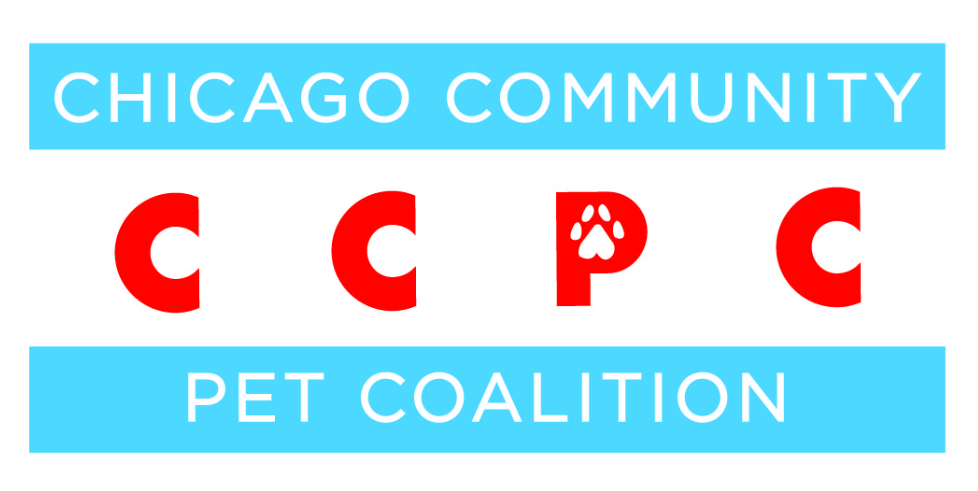

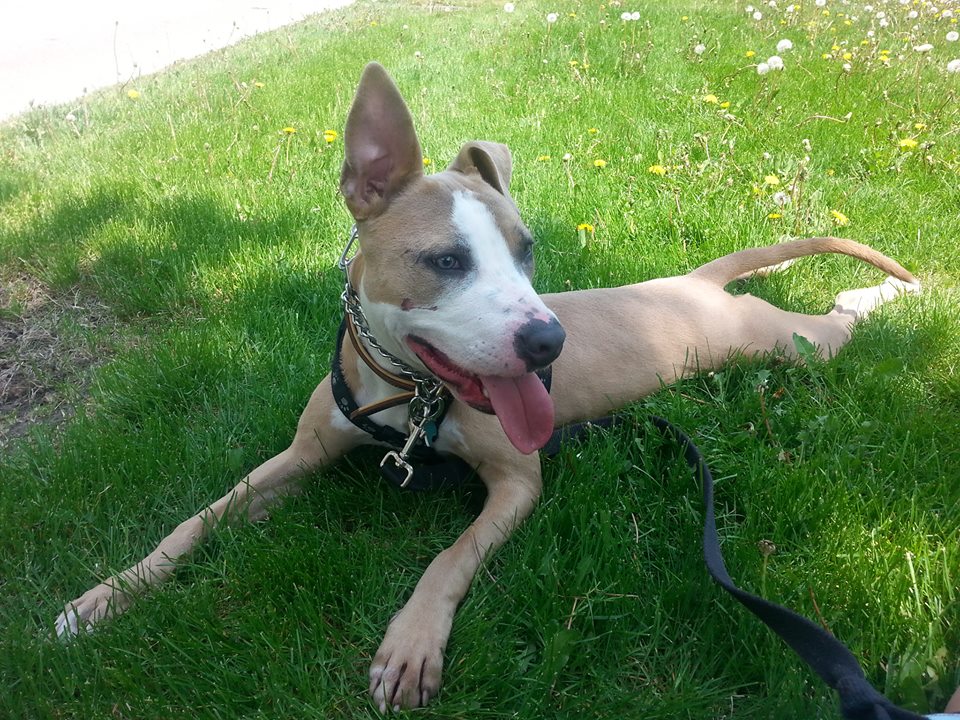

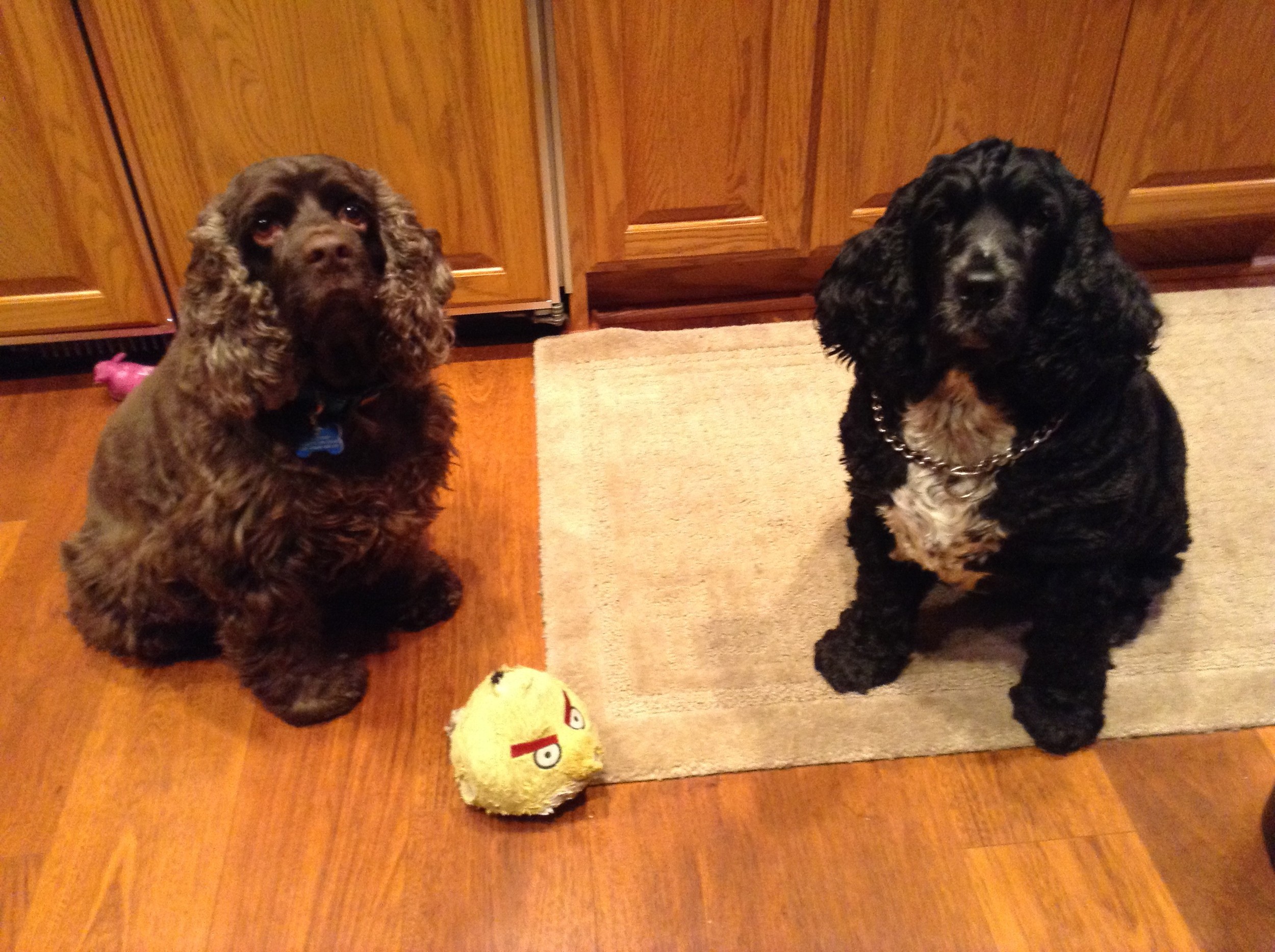
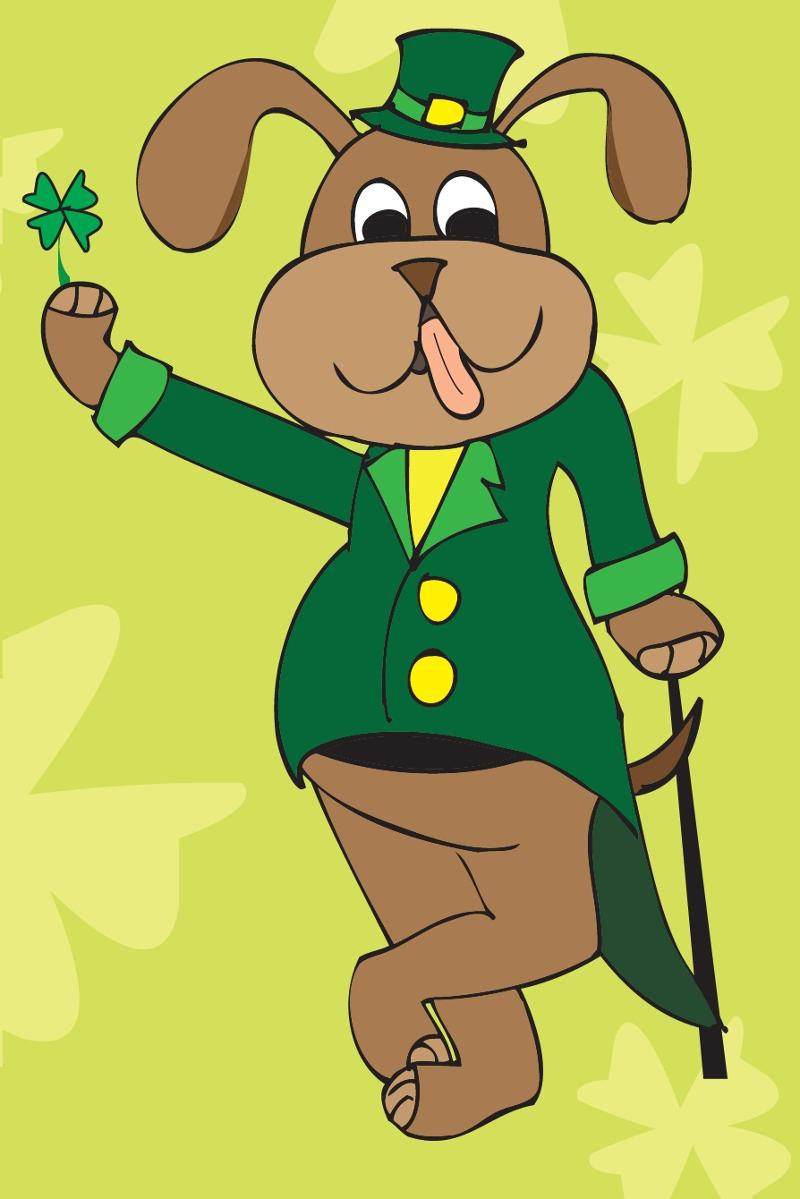
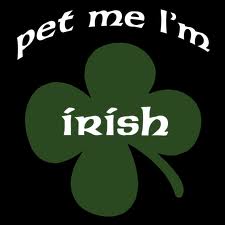
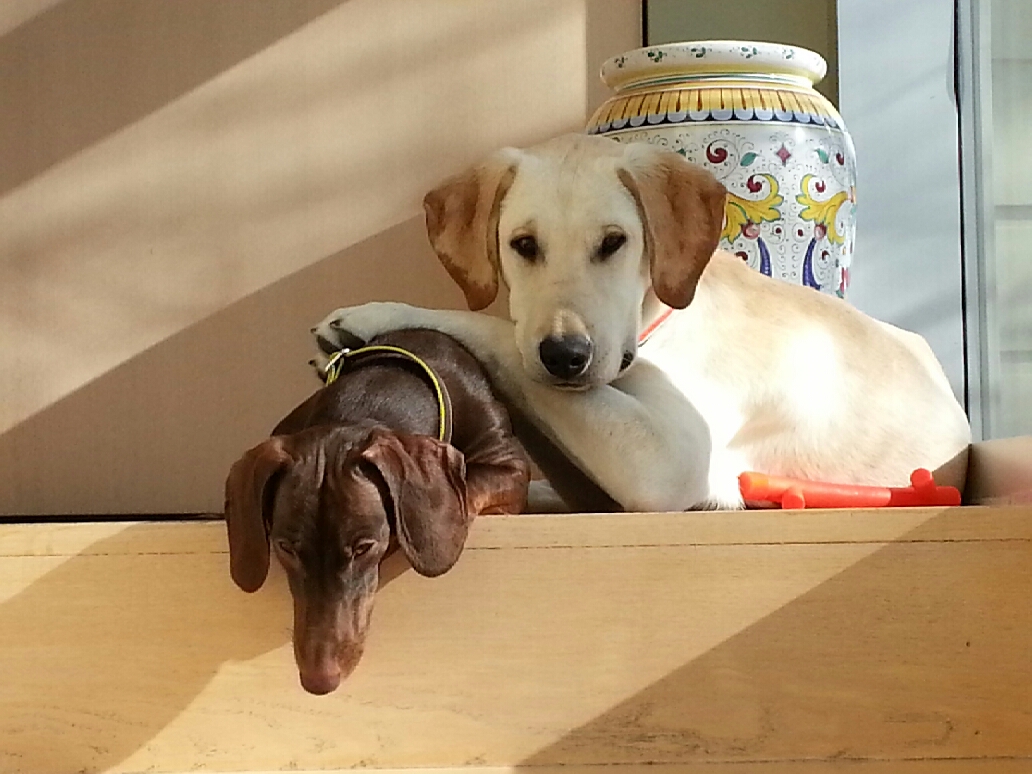
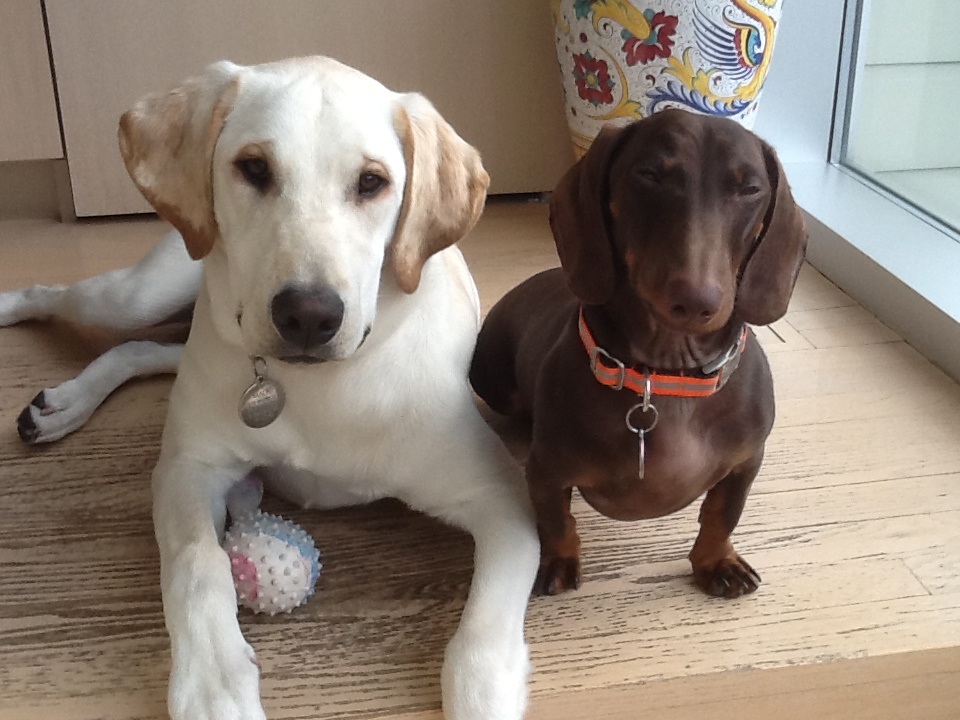

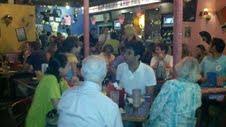



.jpg)




